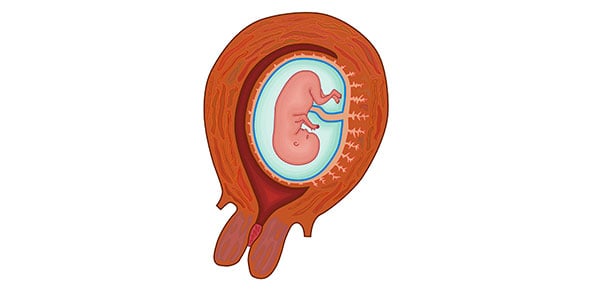Block 5 Embryo Head Neck Eye Ear BRS W Exp
- USMLE
- NBME
2.
You may optionally provide this to label your report, leaderboard, or certificate.
×
Thank you for your feedback!
















